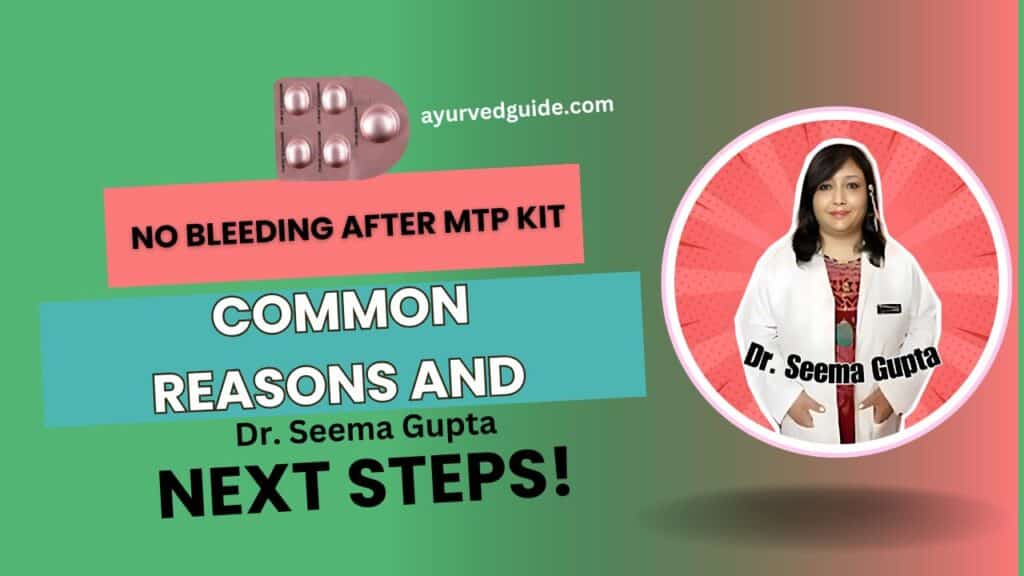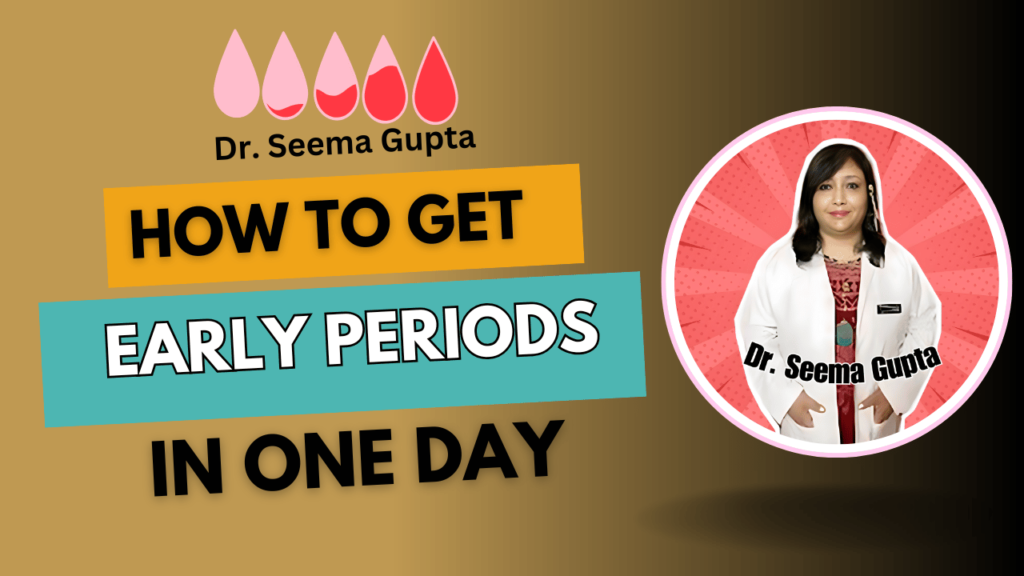How to Calculate Ovulation Day – From Confusion to Clarity
Understanding your menstrual cycle is essential for family planning, whether you want to conceive or avoid pregnancy. At the root of this knowledge is a fundamental question: how do you calculate your ovulation day? This critical point in your cycle can make all the difference in reaching your reproductive goals. Tracking ovulation might be confusing for some women. The timing might be unclear, and the signals are not always noticeable. But do not be afraid! Mastering the skill of predicting your ovulation day will provide important insight into your body’s rhythms and dramatically boost your chances of success, whether you want to start a family or keep your current one. In this article, I will explain how to calculate ovulation day. We’ll examine the menstrual cycle, how ovulation affects conception, and practical measures for increasing fertility. You’ll discover how to identify your viable window for different cycle durations, how age and contraceptives affect fertility, and when to seek professional help. What is Ovulation? Ovulation is the midpoint of your menstrual cycle.Ovulation occurs when a mature egg is released from the ovary, typically midway through your menstrual cycle. This egg travels through the fallopian tube and remains viable for fertilization for about 12–24 hours. Understanding the Menstrual Cycle The menstrual cycle is a complex series of hormonal changes that occur in a woman’s body, typically lasting between 28 to 35 days. To understand how to calculate ovulation day, it’s important to first grasp the four main phases of the menstrual cycle: Menstrual Phase This phase marks the beginning of the cycle, characterized by the shedding of the uterine lining. It typically lasts 3-7 days. Follicular Phase Following menstruation, the follicular phase begins. During this time, follicles in the ovaries develop, and estrogen levels rise. Ovulation Phase Ovulation occurs when a mature egg is released from the ovary. This usually happens around day 14 in a 28-day cycle. Luteal Phase After ovulation, the luteal phase begins. The body prepares for potential pregnancy, and if fertilization doesn’t occur, the cycle starts again. Key Hormones in the Menstrual Cycle Understanding the hormonal changes throughout the cycle is essential for tracking ovulation. Here’s a breakdown of the primary hormones involved: Hormone Function Peak Time Follicle Stimulating Hormone (FSH) Stimulates follicle growth Early follicular phase Luteinizing Hormone (LH) Triggers ovulation Just before ovulation Estrogen Thickens uterine lining Rises throughout follicular phase Progesterone Prepares uterus for implantation Rises after ovulation Tracking the Menstrual Cycle To accurately calculate ovulation day, it’s important to track the menstrual cycle. Here are some methods: Variations in Cycle Length It’s important to note that not all menstrual cycles are the same length. Factors that can affect cycle length include: Understanding these variations is important when calculating ovulation day, especially for those with irregular cycles. Now that we have covered the basics of menstrual cycle, let’s explore how ovulation relates to conception and the fertile window. Read more, How To Make Your Baby Intelligent During Pregnancy and Beyond : The Proven Tips Ovulation and conception How to calculate ovulation day Calculating ovulation is essential if you are trying to become pregnant or avoid pregnancy. It focuses on learning about your menstrual cycle and tracking the fertile window. The cycle length can vary from person to person, although the average cycle is 28 days. Now, I will tell you how to calculate the ovulation days, the most fertile days, and the days when the chances of conception are maximum. To determine your ovulation day: First, you should know that the average menstrual cycle is 28 days. It can range from 21 to 35 days in adults but up to 45 days in young teens. A cycle is counted from the first day of the first period to the first day of the next period. How to calculate ovulation day with example In order to calculate the ovulation days, first of all, calculate the length of your cycle. How will you calculate the length of your cycle? Start counting on the first day of your cycle. For example, if you have periods on the 1st of January, mark this date, and count up to the first day of your next cycle. For example, if your next cycle begins on the 28th of January, you have to mark this date. So, your cycle is of 28 days. Let us do another example to calculate the length of the cycle. For instance, if someone’s periods started on the 1st of January, you will mark this date on your calendar. Then count up to the first day of the next cycle. For example, if the first day of the next cycle is the 30th of January, the length of the cycle will be 30 days. So, from the first day of the previous cycle to the first day of the next cycle will tell you the length of your cycle. If your period begins on the 1st of January, you will mark this date and count up to the first day of your next cycle. For example, if the next cycle begins on the 21st of January, the length of your cycle will be 21 days. How to calculate ovulation date for 35 days If the periods begin on the 1st of January and the next cycle begins on the 4th of February, the length of the cycle will be 35 days. In this way, you will calculate the length of your cycle. As we have discussed earlier, the menstrual cycle can be divided into four phases: menstruation, the follicular phase, ovulation, and the luteal phase. Just remember, the follicular phase is not a constant phase, while the luteal phase is a constant phase. The luteal phase is about 12 to 14 days. How to calculate ovulation date for 28 days cycle To calculate the ovulation days, first calculate the length of your cycle and subtract the luteal phase days, which on average are 14 days. For example, if the length of your cycle is 28 days, subtract 14 from these







